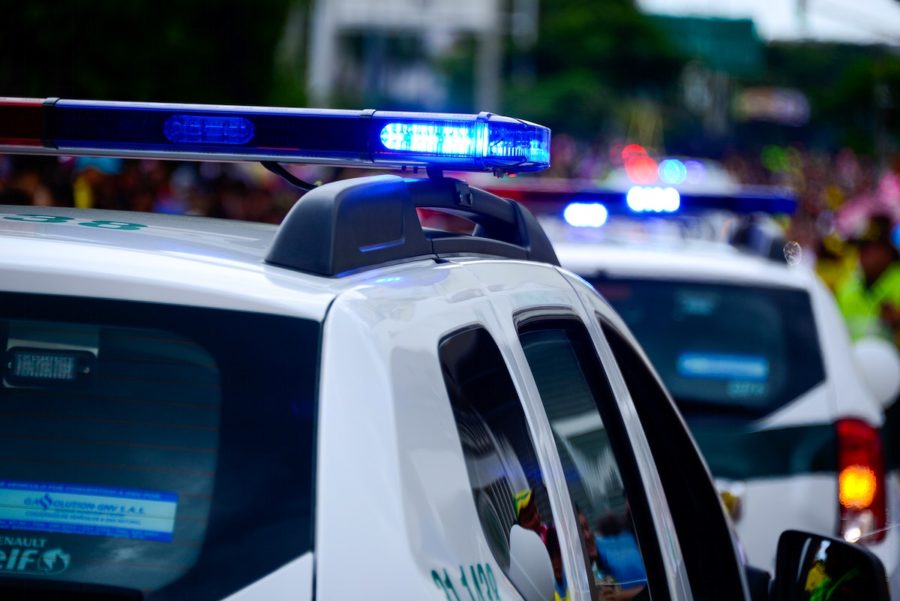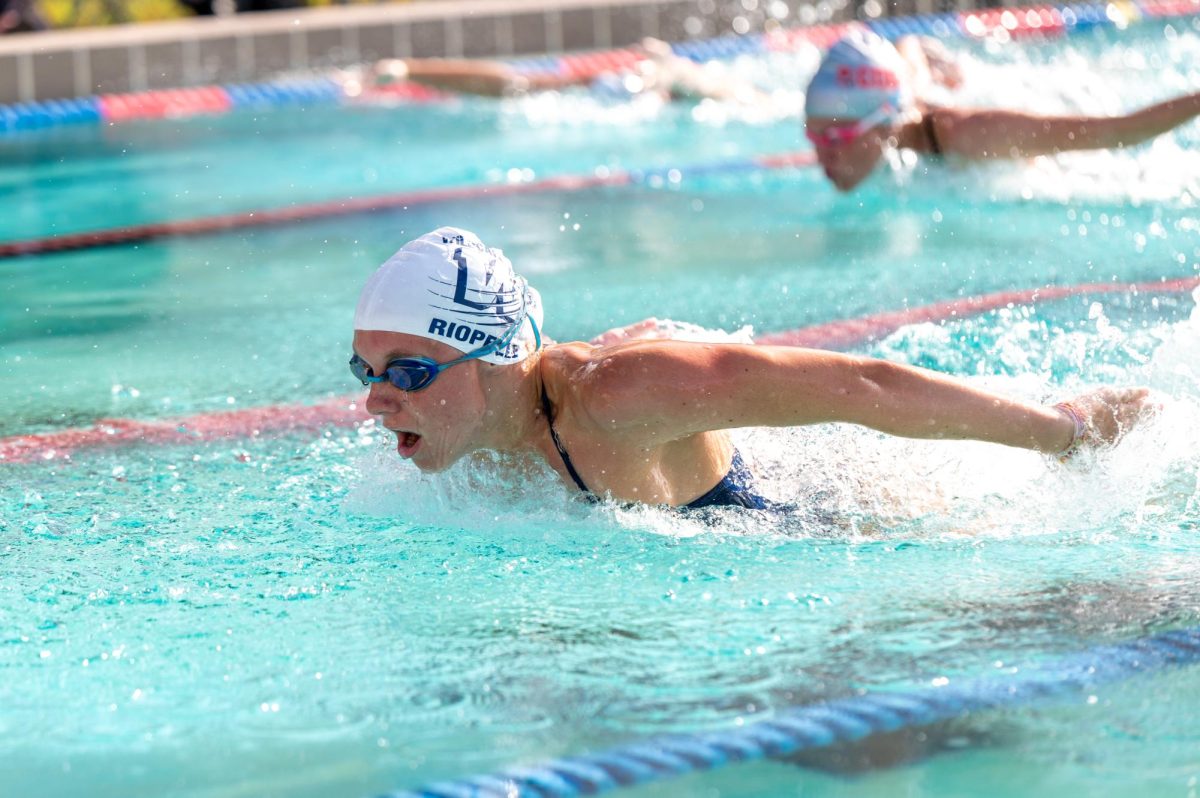Response times to emergencies can vary
October 27, 2022
Students often notice when emergency vehicles arrive on campus and wonder what prompted them. But most do not realize what occurs behind the scenes when a student needs medical attention.
Principal Rick Fleming said the reaction to an emergency could vary.
“Every situation is different,” Fleming said. “That’s why we ask anytime there’s a crisis situation that the teacher call the front office, which immediately calls us on our walkies. Then we call the nurse and the [school resource officer]. We all meet there as quickly as we can, usually within a matter of minutes. And then we can assess whether EMS needs to be called or whether that student is just having some kind of reaction to something.”
While teachers receive training for these situations, Fleming said their protocols consist of stabilizing the student until help arrives.
“Our teachers are trained to handle emergencies,” he said. “Most notably, they’re trained to handle classroom interruptions, not necessarily medical emergencies. We rely heavily on the nurse because she has the medical training.”
School nurse Debbie O’Connor said parents have a major role in decision-making.
“Once we hear a child got hurt, we have to call the parents immediately,” O’Connor said. “If they don’t want 911 called, they have to come in, take the child and figure out what to do.”
If called to campus, O’Connor said Emergency Medical Services determines the next steps.
“We more or less keep the child calm and stable until we figure out what we’re going to do,” she said. “Once EMS gets there, we step back and they take over the situation. They decide if the child should go to the hospital or if it’s OK to stay. Nine times out of 10 they’re going to go to the hospital.”
Registrar Leslie Kellner said EMS is efficient when aiding students.
“It’s really quick,” Kellner said. “Our security office has a direct link to the [emergency department]. So they’re actually faster than even dialing 911.”
Kellner said these procedures are especially necessary during large-scale situations, such as last year’s bomb threat.
“That was a real emergency,” she said. “If someone had a medical emergency being out in the heat and away from food and whatever the case could be, [emergency vehicles] were right there. However, [O’Connor] and I were checking in on all the students that we knew that might have a medical problem, like if they had [diabetes].”
That was not the only occasion in which emergency services arrived on campus. On Oct. 14, a student needed immediate medical attention and transportation to the hospital. Junior Mattie Menzie said the staff’s response was slower than expected.
“When students left to alert administration, it did take [the staff] a while to get there,” Menzie said. “If it’s a really urgent situation, it needs to be quick and effective. Students should know that if they’re ever in that situation that they’re going to be taken care of.”
Nonetheless, Fleming said students’ safety remains the school’s top priority.
“[The response] happens very quickly,” he said. “When you’re talking about a medical situation, every second counts.”
By Rhea Sinha




















































